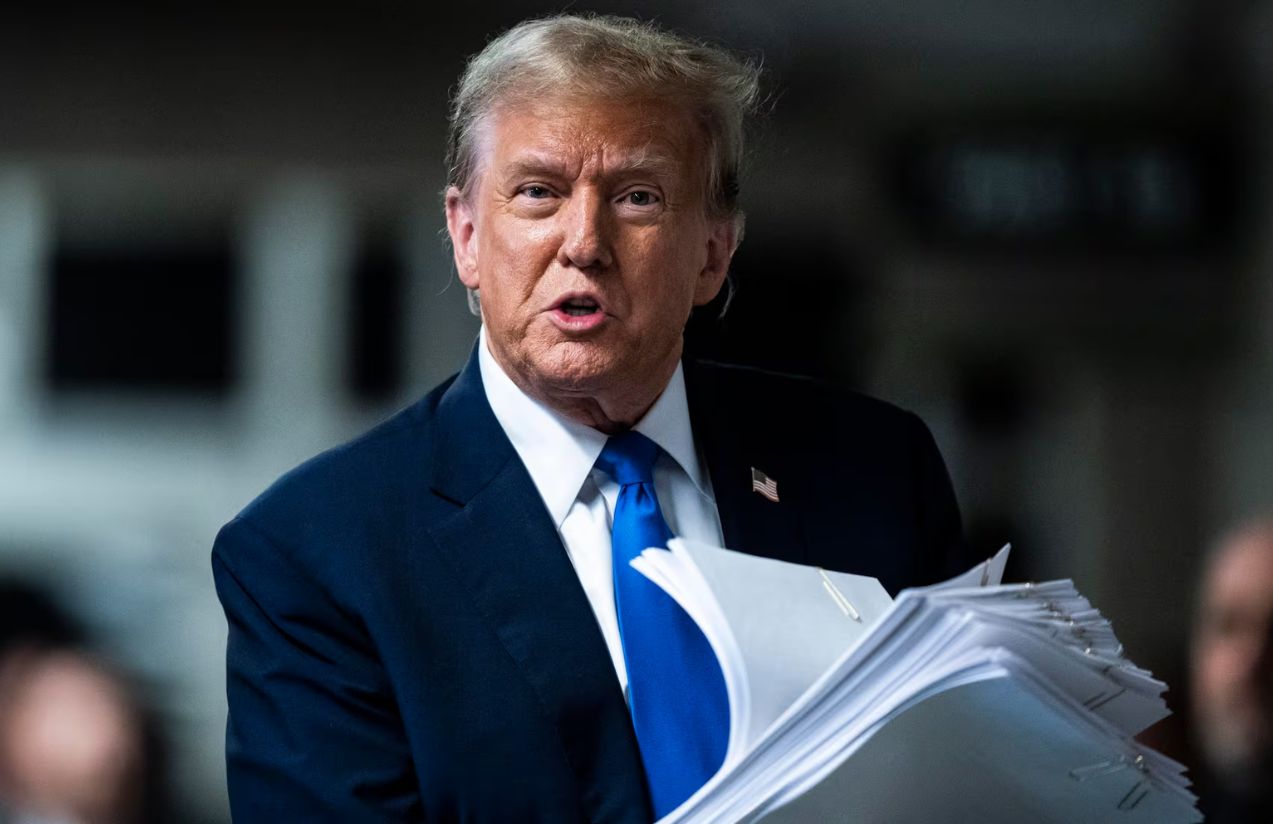A federal appeals court has struck down most of the tariffs imposed by former President Donald Trump, ruling that they exceeded his authority under the International Emergency Economic Powers Act (IEEPA). In a split 7-4 decision, the court stated that the statute does not explicitly grant the president the power to impose tariffs, a prerogative that constitutionally belongs to Congress.
Despite the ruling, the tariffs will remain in effect until October 14, 2025, a deadline set by the court to allow the Trump administration to appeal to the Supreme Court.
Government representatives, including the U.S. Trade Representative’s office, said that trade negotiations remain active with various international partners, though they have not disclosed which countries are involved. The White House, meanwhile, sharply criticized the decision. Calling it a “total catastrophe for the country,” Trump announced he would appeal to the Supreme Court and insisted that tariffs “will continue to serve the nation’s interests.”
At the same time, legal and market experts are assessing the potential fallout of the ruling. Some warn that if the tariffs are ultimately removed, it could trigger billions in compensation claims from affected companies and create volatility in financial markets, including possible consequences for U.S. Treasury bonds.
What does this mean for the immediate future of Trump’s tariffs?
Although most of these tariffs have been declared illegal, they will remain in place until October 14, 2025, while the Supreme Court considers the appeal. For now, the country faces a legal limbo that prolongs their temporary enforcement without resolving their final legitimacy.

